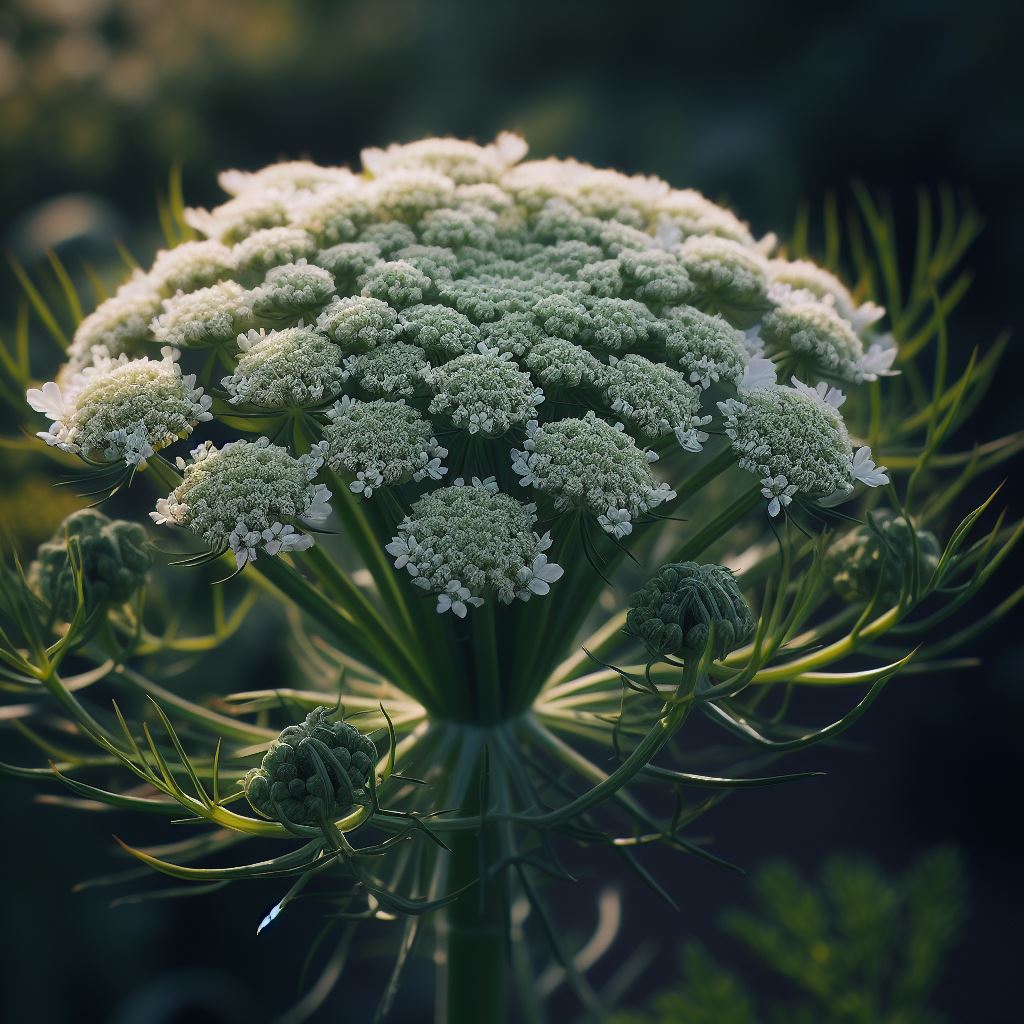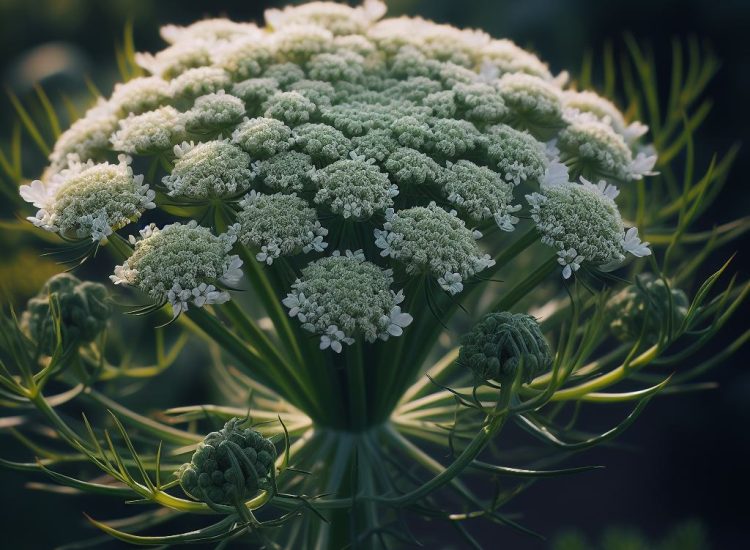First and foremost, in order to seed save we’re sure to grow�“heirloom” (aka “heritage”)�varieties. When it comes to carrots, we grow �Nantes 2� and �Chantenay�.
Heirloom seeds are old-time favorites that produce plants with the exact same traits planting after planting, season after season, generation after generation. Some heirlooms date back hundreds of years, or more.
Propagating seeds from a�hybrid�variety, such as you would buy from most garden centers, would likely see the second generation not grow “true to type” and, in turn, not produce identical fruit, if any at all.
It is also imperative that different varieties (of the same plant) don’t flower at the same time, as this will result in your carrots, in this case (or more accurately, their resulting seeds) being cross-pollinated, i.e. becoming a hybrid themselves, meaning their second generation crop will fail to grow true to type.
Note: It is theorized that carrots can also cross pollinate with Dill and Fennel. I have never tested this out, but to be on the safe side I stagger flowering of these plants. In addition, both Dill and Fennel also attract carrot fly –a real scourge of the carrot root– so it’s best not to grow them at the same time and/or close your carrots anyway.
Seed Saving Carrots
Carrot�flowers are �protandrous�; that is, the anthers (male part) open first and shed their pollen before the stigma (female part) of that flower is receptive. They are, therefore, predominantly cross-pollinating.
On our homestead, we only let one variety of carrot go to seed at a time so as to protect ourselves from cross-pollination. However, carrots will also readily cross with wild carrots (also known as Queen Anne�s Lace), and we have plenty of these across our 8-acre ‘quinta’ in Central Portugal.
Wild carrots flowering as close as 1/2 mile (800 meters) can cross with our Nantes 2 and Chantenays, and so in order to reduce the risk of a ruined next season’s crop, I will search the land and destroy as many as I can (the goats also help with this).
Carrots are biennial, meaning they root in their first year and then flower/produce seeds in their second.
As discussed in more detail here, we overwinter our carrots (rather than pick and store them inside). We then leave a small patch of one variety in the ground to re-grow and flower the following spring (alternating the variety the following spring).
Note: If your winters are particularly harsh (below -12C/10F) then overwintering carrots in the ground might not be the best option. Instead, lift the roots just as you would during a standard harvest (but keeping the tops on), replant them in a large container full of soil, and place this in a warmer spot (such as in a shed). Then, once winter has passed, replant the carrots into the garden and they should re-grow their tops and go on to flower.
Another key factor is numbers. You will need to let a minimum number of plants go to seed in order to ensure good genetic diversity and viability. Advice here varies. The minimum number of carrots is often cited as 10-40 plants, but more the better — some sources suggest 200+ plants are required to ensure quality, viable seeds.
For us, we successfully save seed from 20-30 flowering plants. This number is easily achieved even in a small bed, as carrots do not require much space at all to grow, and when flowering, their stalks grow up, not out.
The Seed Saving Process
By the end of spring in their second year of growing, a carrot plant should have produced a big white flower made up of lots of little flowers called an “umbel”.

As the seeds form, the flower head will curl in on itself in an effort to lock in any moisture.
Because of this, the seeds can often begin to mold/rot, so be sure to harvest when brown/dry, before the flower curls right up.

I cut the dried flower heads off and hold over a large bucket or tray. Then, using my fingers, I rough them up and flick them about a bit. The dry seeds should fall freely from the flower with the wetter ones remaining in place.
Without much effort at all, tens of thousands of dried seeds is my reward.
I will pick a little of the chaff (unwanted debris) out by hand, but this isn’t a commercial operation I’m running here, and leaving some random flower parts in with the seeds, so long as their dry, isn’t a problem.
Storing Carrot Seeds
Seeds can be stored in an envelope or airtight jar.
I’m sure to label with the variety and the date harvested, and then keep in a cool dry place.
If stored correctly, carrot seeds can remain viable for up to 3 years (longer if you’re lucky).
For a guide on how we grow carrots, click the link below:
Carrots


